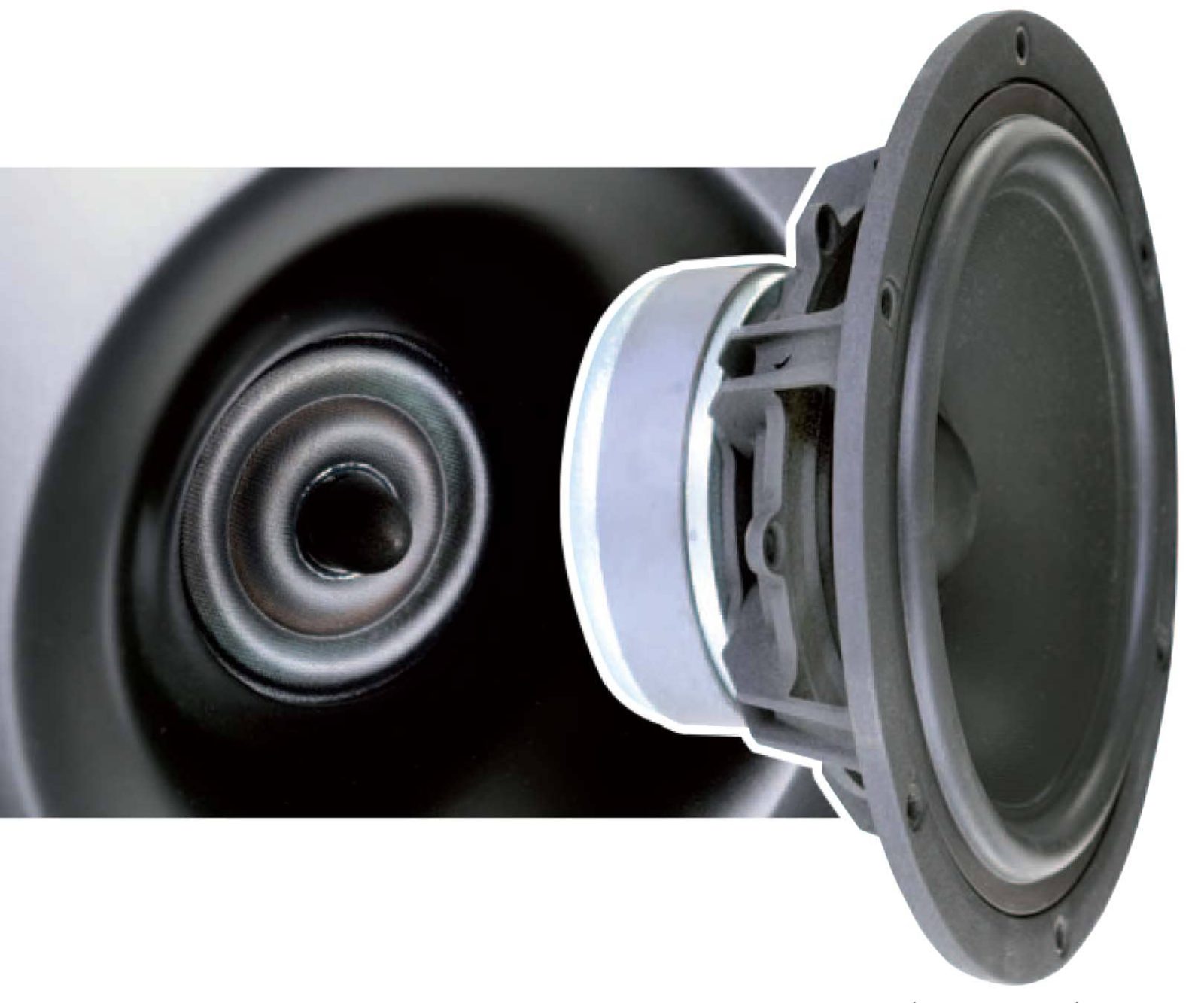The history of loudspeaker design is a fascinating one, tracing the evolution of sound reproduction technology from the early days of mechanical horn speakers to the modern, high-fidelity speakers of today.
The earliest loudspeakers, known as “mechanical horn speakers,” were developed in the late 19th century. These speakers used a diaphragm, typically made of paper or metal, that was connected to a horn-shaped resonator. The diaphragm vibrated to produce sound, which was amplified by the horn. These speakers were large and inefficient, but they were the first to allow for the amplification of sound in a room or public space.
In the 1920s, a new type of loudspeaker, known as the “electrostatic speaker,” was developed. These speakers used a thin, electrically charged diaphragm that was placed between two electrically charged metal plates. As the electrical current passed through the diaphragm, it vibrated to produce sound. Electrostatic speakers were more efficient than mechanical horn speakers, but they were also expensive and difficult to manufacture.
The next major development in loudspeaker design came in the 1930s with the introduction of “dynamic speakers.” These speakers used a coil of wire and a magnet to move a diaphragm and produce sound. Dynamic speakers were more efficient and less expensive than electrostatic speakers, and they quickly became the dominant type of loudspeaker.
In the 1950s and 1960s, advancements in materials and manufacturing techniques led to the development of “planar speakers.” These speakers used a thin diaphragm, typically made of Mylar or other synthetic materials, that was suspended between two magnets. Planar speakers were highly efficient and had a wide frequency response, but they were also expensive and difficult to manufacture.
Today, the most common type of loudspeaker is the “dynamic speaker,” which has undergone significant developments and improvements in materials and manufacturing techniques over the years. Modern dynamic speakers are highly efficient, have a wide frequency response, and are relatively inexpensive.
In conclusion, the history of loudspeaker design is a story of ongoing innovation and progress, with each new development building on the work of those who came before. From the early mechanical horn speakers to today’s high-fidelity dynamic speakers, the evolution of loudspeaker design has been driven by the desire to reproduce sound as accurately and efficiently as possible.
